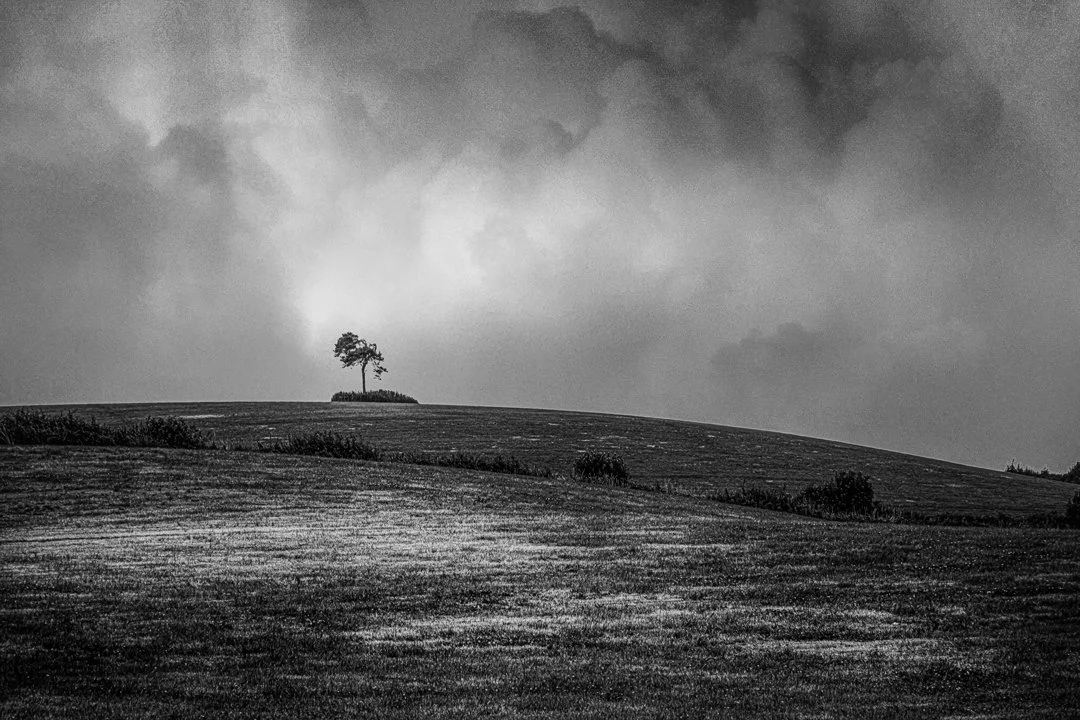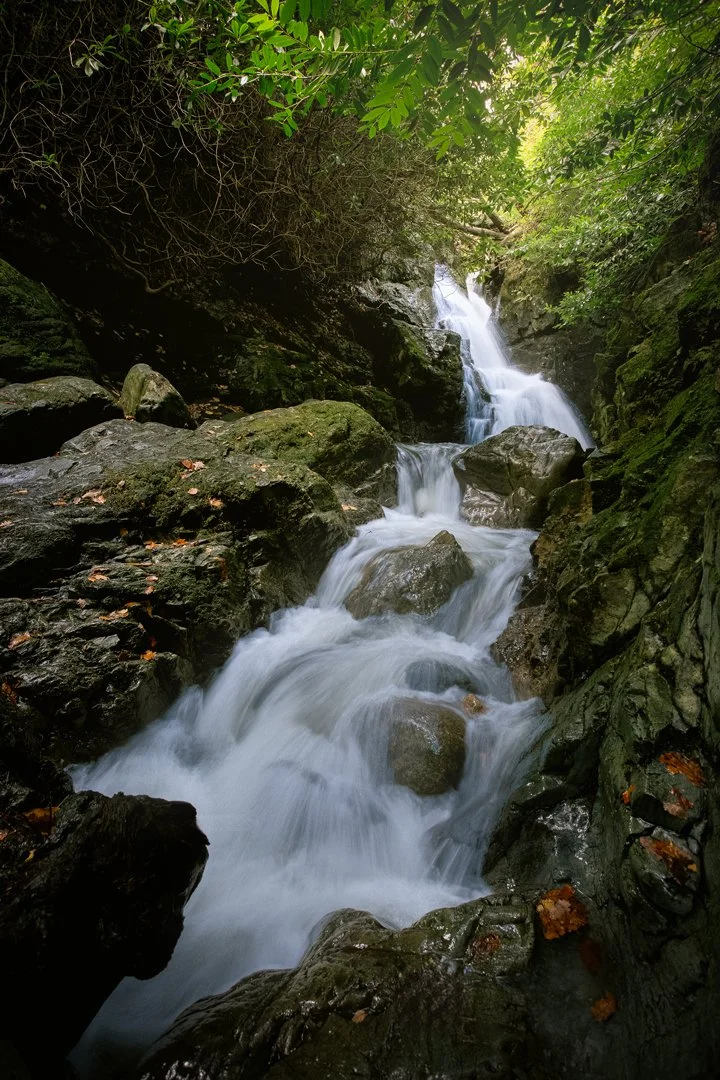Are Photography Workshops Worth the Money?
As a landscape photographer, I’ve often wondered if photography workshops are worth the investment. With prices ranging from €1,000 to €6,850, they’re no small commitment. Although I haven’t attended one myself, I’ve spent a lot of time weighing the potential benefits against the cost, and I want to share my honest thoughts on the value they might (or might not) bring.
What’s Included in a Photography Workshop?
When you break down what’s included in the cost of most workshops, you do get quite a bit.
Here’s a typical list of what’s provided:
• Accommodation in single rooms (for international workshops).
• Breakfast, a welcome dinner, and a goodbye dinner.
• Local transportation to shooting locations, usually in a minibus that’s perfect for photographers and their gear.
• Professional tuition, offering guidance in both fieldwork and post-processing techniques.
• Opportunities to shoot at 2-3 locations per day, including sunrise and sunset sessions when conditions allow.
• Evening image reviews and Lightroom tutorials to improve your work.
• Post-workshop feedback, where the group can share and critique images.
It’s clear workshops are designed to be immersive, taking care of all the logistics so you can focus on photography.
What Isn’t Included?
Of course, there are extra costs to consider:
• Flights to and from the workshop destination.
• Connecting transportation (if needed).
• Most lunches, dinners, and drinks.
• Travel insurance and personal expenses.
These additional expenses can add up, so even though the workshop fee includes a lot, it’s important to consider the total cost before committing.
The Potential Value of Workshops
While I’ve never attended a workshop, I can understand why they appeal to so many photographers. Here are some of the reasons why others find them valuable:
1. Learning from Experts
Workshops give you the opportunity to learn directly from seasoned professionals who can help you refine your technique. For someone looking to fast-track their learning, this can be a huge advantage.
2. Access to Unique Locations
Many workshops take participants to incredible locations, often at the perfect time of day for photography. Having someone else plan the itinerary and navigate logistics can take a lot of stress out of the process.
3. Community and Socializing
For me, the most appealing aspect of workshops is the opportunity to connect with other photographers. Spending time with like-minded people who share your passion for the craft can be inspiring. The camaraderie and shared experiences are often just as memorable as the photography itself.
Why I Haven’t Attended a Workshop
Despite the potential benefits, I haven’t felt the need to attend a workshop. Part of this is because I enjoy the challenge of figuring things out on my own. There’s something deeply satisfying about researching locations, planning trips, and experimenting with techniques at my own pace.
I also question whether the value of a workshop justifies the cost for me personally. While I appreciate the structure and guidance they offer, I feel I’ve learned a lot from free or lower-cost resources like books, videos, and trial and error in the field.
Investing in Outdoor Skills Instead
One area I’m more considering is to invest in building my outdoor skills. Learning to navigate, and explore safely has the possible to open up so many opportunities for my photography. Here’s why I find this approach so rewarding:
1. Confidence in the Outdoors
Gaining skills like navigation and route planning would give me more self-reliant and be more adventurous. I can explore remote areas at my own pace without needing someone to guide me.
2. A Deeper Connection with Nature
Spending time outdoors on my own terms has given me a better understanding of the landscapes I photograph. I can take the time to observe the light, weather, and details of a location without being tied to a group’s schedule.
3. Creative Freedom
I have full control over the itinerary. If I want to revisit a location or if I choose to spend extra time waiting for the perfect light, I can do so without worrying about anyone else’s plans.
4. Cost Efficiency
While workshops can be expensive, investing in skills like navigation and survival gear is often a one-time cost that keeps paying off over time.
Workshops vs. Independent Exploration: My Perspective
I don’t think there’s a right or wrong answer here—it really depends on what you’re looking for. If you’re someone who thrives in a structured learning environment or loves the idea of connecting with other photographers, workshops might be a great fit for you.
On the other hand, if you enjoy the freedom of discovering places on your own and prefer a more self-guided approach, investing in your outdoor skills and planning your own adventures could be more rewarding.
For me, the social aspect of workshops is the most tempting, but I still find myself leaning toward independent exploration. There’s a special kind of fulfillment that comes from charting your own path and discovering locations through your own efforts.
My Final Thoughts
At the end of the day, photography workshops are an investment—not just financially, but in your growth as a photographer. Whether they’re worth it depends on your goals and priorities.
For now,I think I will be sticking to my self-guided adventures and investing into more into investing in my outdoor skills instead, but I can see the appeal of workshops, especially for those who value learning in a community setting.
Seán




















